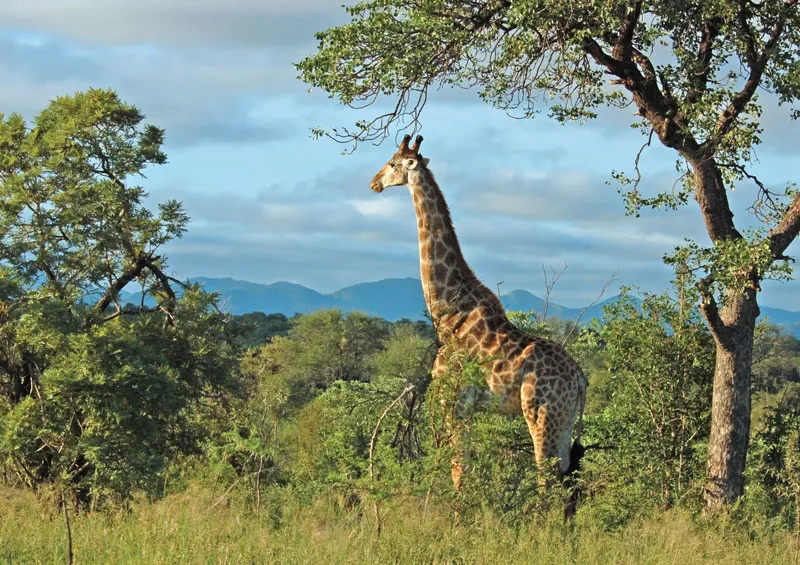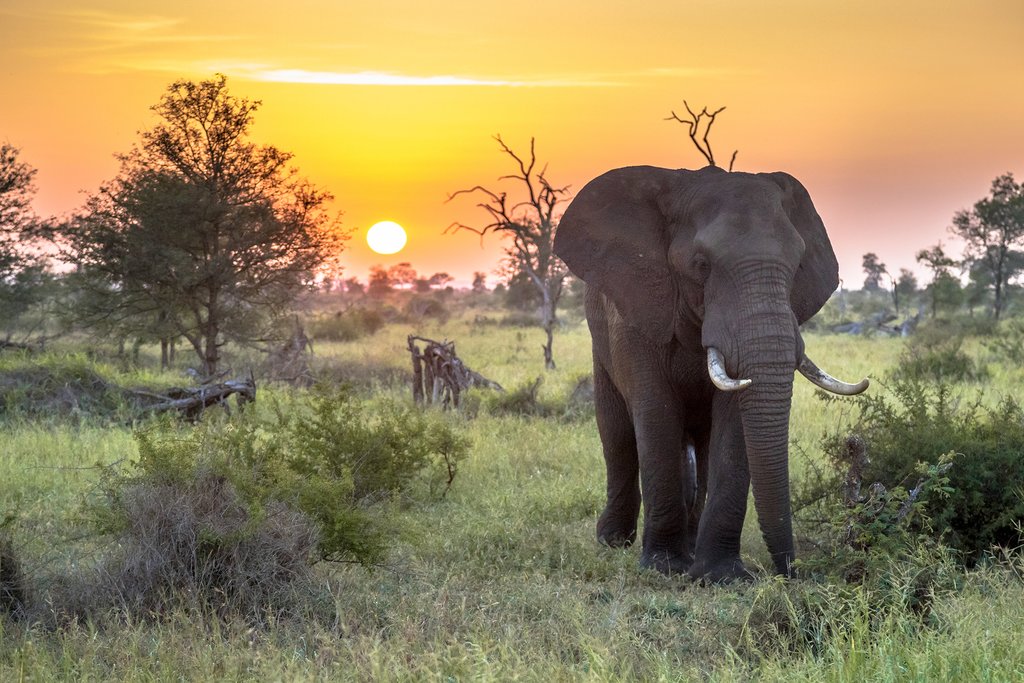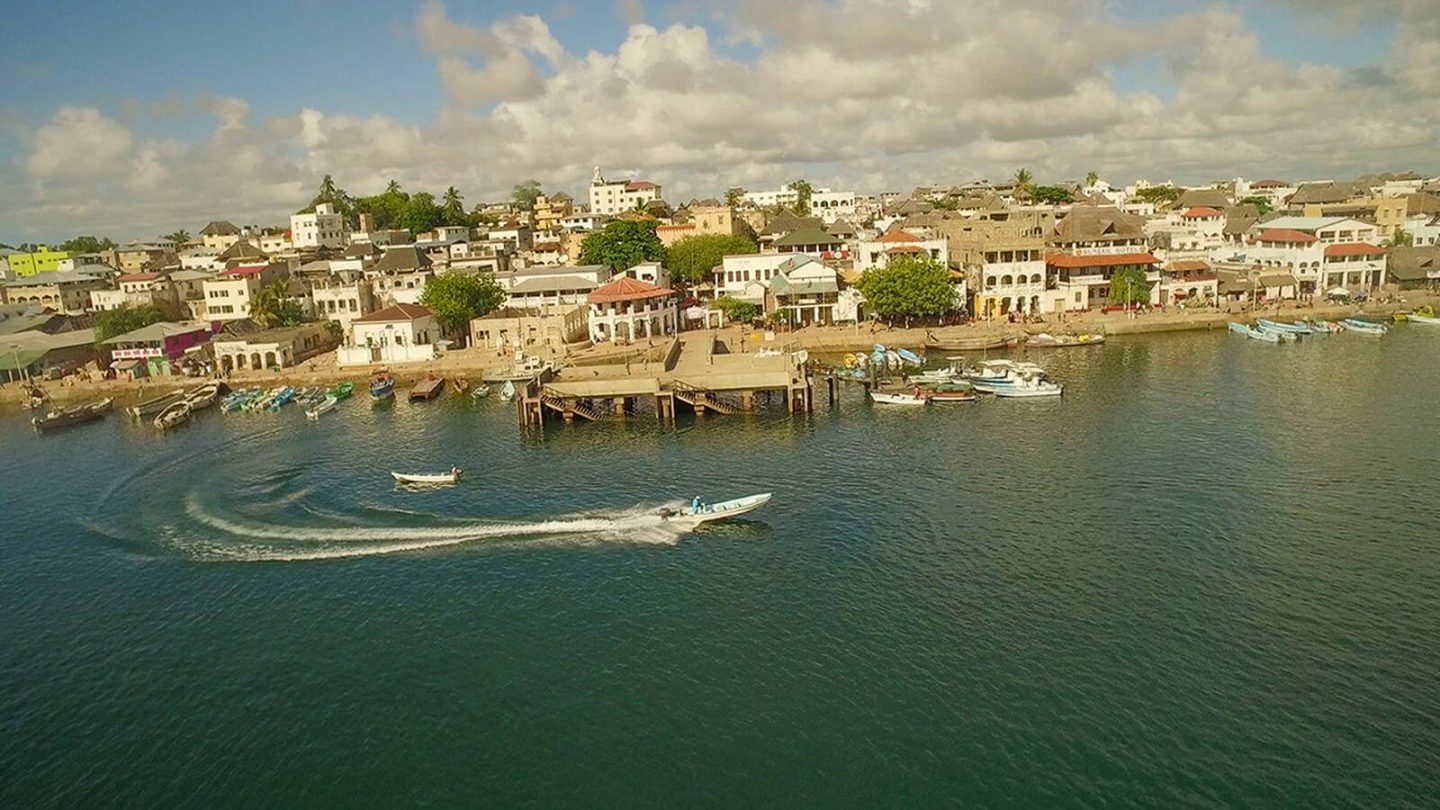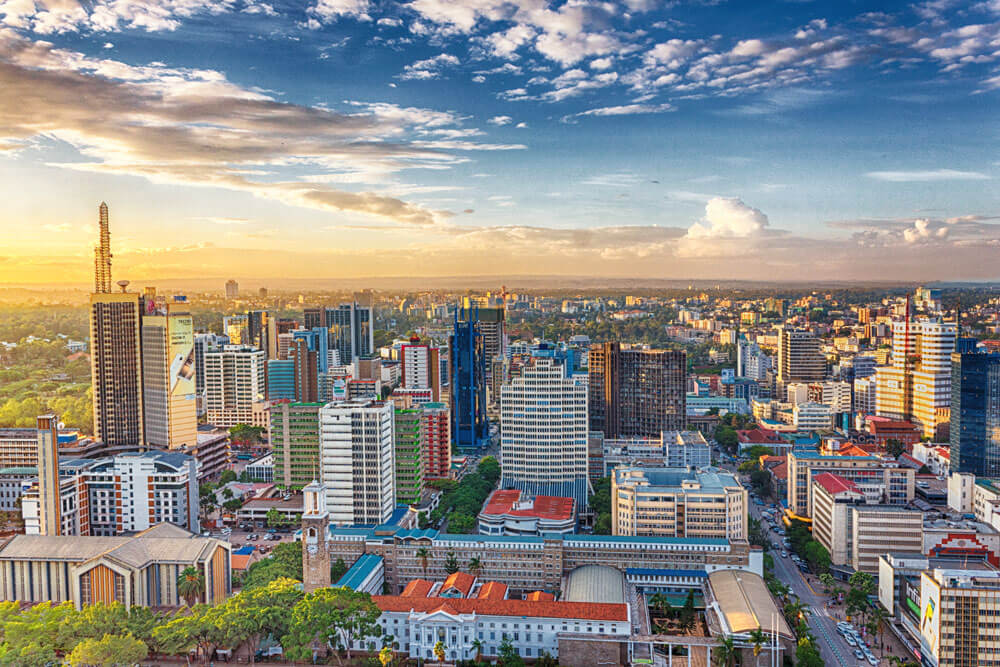Kruger National Park is a renowned South African wildlife reserve, covering an area of 19,623 square kilometers. It is one of the largest game reserves in Africa and is home to a diverse range of wildlife, including the iconic Big Five: elephant, lion, rhino, leopard, and buffalo. The park offers various safari experiences, from self-drive options to guided tours and luxury lodges.
It is also known for its rich history, diverse ecosystems, and unique flora and fauna. The park’s geography encompasses savanna, bushveld, riverine forest, and grasslands, providing a habitat for over 1,500 plant species and a wide array of animal populations. Visitors can enjoy activities such as game drives, night safaris, and photographic safaris, making it a must-visit destination for nature enthusiasts and wildlife lovers.
History and Establishment
Kruger National Park was established in 1898 when President Paul Kruger proclaimed the Sabi Game Reserve, aiming to protect the region’s abundant wildlife resources. The park’s origins lie in the desire to preserve the native flora and fauna, ensuring they would remain accessible for future generations to appreciate. Over time, the reserve expanded through various mergers and acquisitions until its current size.
The name “Kruger” was later adopted in honor of President Kruger after his death in 1904.Throughout its history, Kruger National Park has played a significant role in conservation efforts, both nationally and internationally. Its establishment marked a turning point in the protection of South Africa’s natural heritage, setting a precedent for other protected areas throughout the continent.
Today, Kruger remains a symbol of commitment to preserving biodiversity and promoting sustainable tourism practices.Key points regarding the history and establishment of Kruger National Park:
- Proclamation of Sabi Game Reserve in 1898 by President Paul Kruger
- Expansion through mergers and acquisitions
- Adoption of the name Kruger in memory of President Kruger
- Significance in conservation efforts and promotion of sustainable tourism practices
Geography and Climate
Kruger National Park enjoys a subtropical climate, with variations across its vast expanse. The park’s climate ranges from subtropical to semi-arid, with the northern and southern mountainous regions receiving 50-100 cm of rainfall per year, while the central lowveld area receives around 10 cm. The park experiences a wet season from October to April, with hot and humid summer days and intense afternoon thundershowers.
The dry season, from May to September, is characterized by very little precipitation. The diverse landscapes within the park include savannahs, grasslands, wetlands, and rivers, providing habitats for a wide variety of wildlife. The park’s ecology is exceptionally diverse and complex, making it one of Africa’s premier wildlife conservation areas.
Flora and Fauna

Kruger National Park is home to a diverse range of flora and fauna, making it one of the world’s premier game viewing destinations. The park boasts over 1,500 plant species, including acacia trees, baobabs, marula trees, and fever trees. The park is also home to over 500 bird species, 147 mammal species, 114 reptile species, 49 fish species, and 34 amphibian species.
Some of the most popular animals to see in the park include the Big Five: elephant, lion, rhino, leopard, and buffalo. Visitors can also spot other iconic African animals such as giraffes, zebras, hippos, and cheetahs. The park’s diverse ecosystems, including savannahs, grasslands, wetlands, and rivers, provide habitats for a wide variety of wildlife. The park is also home to a variety of plant and animal species that are endangered or threatened, making it an important conservation area.
Visiting Kruger National Park
Visiting Kruger National Park offers a once-in-a-lifetime experience, renowned for its jaw-dropping landscapes, authentic African wildlife encounters, and diverse flora and fauna. The park spans nearly 20,000 square kilometers and is home to over 200,000 mammals, hundreds of bird species, reptiles, and insects.
To make the most of your visit, consider spending at least three to four days in the park to enjoy the popular sunrise and sunset game drives while also allowing for some downtime to spot wildlife from your lodge or camp. The best time to visit is during the dry winter months from May to August when wildlife viewing is at its peak. Visitors can access the park through various entry points and have the option to self-drive or book guided tours.
Accommodation within the park ranges from luxury lodges to secluded camps, offering a range of experiences. It’s also recommended to stay within or close to the park for an immersive wildlife experience. When driving in the park, it’s important to adhere to safety regulations and be mindful of wild animals. Overall, Kruger National Park promises an unforgettable safari adventure, making it a must-visit for any traveler to South Africa.
Highlights and Must-See Attractions
Kruger National Park offers a multitude of highlights and must-see attractions that cater to every type of visitor. Here are some of the top spots and experiences to add to your itinerary:
- Game drives at Phalaborwa Gate: This gate provides easy access to the park’s eastern section, where you can witness a diverse range of wildlife.
- Wolhuter Wilderness Trail: An exclusive walking safari experience that takes place in the heart of the park, offering intimate encounters with nature.
- Tshokwane Picnic Site: Enjoy a picnic lunch surrounded by beautiful scenery and keep an eye out for nearby wildlife.
- Nkumbe View Site: Take in breathtaking vistas of the surrounding landscape and watch for animals grazing below.
- Masorini Archaeological Site: Explore ancient ruins dating back to the Iron Age and gain insight into the lives of early inhabitants.
- Albasini Ruins: Discover remnants of a historic trading station built by Portuguese explorer Antonio Fernandes Albasini in the mid-19th century.
- Napi Wilderness Trail: Another walking trail that leads you deep into the park’s wilderness, offering unique wildlife encounters.
- Olifants Wilderness Trail: Experience the thrill of tracking down wildlife on foot under the guidance of experienced rangers.
- Blyde River Canyon: Marvel at the majestic beauty of this natural wonder located near the park’s western border.
- Various safari operators: Choose from a range of reputable safari companies to enhance your Kruger National Park experience, whether it’s a private tour or a shared excursion.
Remember to plan ahead and secure reservations for specific activities, as demand may exceed availability during peak seasons. Happy travels!
Conclusion
Kruger National Park is a true gem among South Africa’s treasured natural assets, offering visitors a chance to connect with the country’s rich wildlife heritage and diverse ecosystems. From its storied past as the Sabi Game Reserve to its present status as a global leader in conservation efforts, Kruger continues to inspire and delight millions of annual visitors.
With its expansive landscapes, abundant wildlife, and engaging cultural sites, Kruger National Park is a must-experience destination for anyone looking to embark on an unforgettable African safari adventure. By understanding the park’s history, geography, and key attractions, travelers can better prepare for their journey and ensure a fulfilling and memorable encounter with the natural world.



